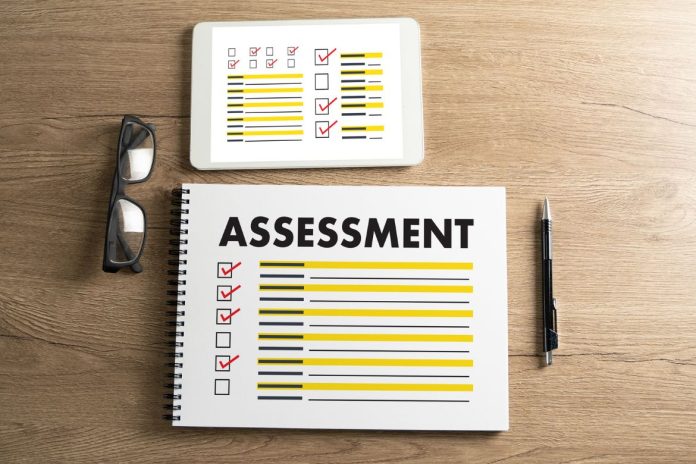Land contamination poses grave threats to human health, ecosystems and the broader environment. Land contamination assessments from specialists, such as Ibex investigation specialists, help to mitigate these threats. As urbanisation and industrial activities increase, robust assessments become ever more necessary in order to ensure safe land use practices. In this article we explore the significance of land contamination assessments; their methodologies, regulatory frameworks and role in assuring safe practices.
Understanding Land Contamination Assessments
Land contamination assessments involve the detection, evaluation, and management of contaminants found in soil, groundwater or surface water sources on any given site. They seek to ascertain the extent and potential risks to human health and the environment that are associated with contamination as well as identify remediation measures that will best mitigate those risks effectively.
Methodologies Utilised in Land Contamination Assessments
Phase I Environmental Site Assessment (ESA)
Phase I ESA involves conducting an in-depth review of historical records, site inspections and interviews in order to identify potential sources of contamination on a site and assess its likelihood.
Phase II Environmental Site Assessment
Phase II ESAs involve soil and groundwater sampling as well as laboratory analyses in order to confirm any identified contamination found during Phase I.
Risk Evaluations
Risk evaluations evaluate potential exposure pathways and receptors (such as humans, wildlife and ecosystems) in order to establish the level of contamination risk posed by contaminants and inform decision-making regarding remediation strategies.
Remediation and Monitoring
Remediation activities aim to minimise contamination using methods such as soil excavation, groundwater treatment, containment or natural attenuation. Monitoring programs ensure compliance with regulatory standards over time by tracking how effective remediation efforts have been implemented.
Regulation for Land Contamination Assessments
Land contamination assessments often utilise regulations designed to protect human health and the environment, with legislation, guidelines and standards setting requirements for conducting assessments, setting cleanup standards and managing contaminated sites. This varies based on country or region but typically comprises legislation, guidelines and standards meant to safeguard both people and the planet.
Importance of Land Contamination Assessments
Protecting Human Health
Land contamination assessments play a vital role in identifying and mitigating risks to human health caused by hazardous substances, including heavy metals, petroleum hydrocarbons and industrial chemicals.
Protecting the Environment
Contaminants released into soil, groundwater or surface water can have detrimental impacts on ecosystems – including pollution of waterways and biodiversity loss – when released into these environments. Assessments help identify and address such environmental impacts.
Compliance With Land Contamination Regulations
Property developers, industrial facilities and regulatory agencies need to adhere to land contamination regulations in order to ensure contaminated sites are managed and remedied appropriately in order to safeguard both public health and the environment.
Sustainable Land Use Planning
Land contamination assessments serve as an invaluable source of guidance when making land use planning decisions by providing information about appropriate uses for contaminated sites, their redevelopment potential and measures designed to minimise risks to future occupants as well as their surroundings.
Challenges and Future Directions
Although advances in land contamination assessment methodologies continue, challenges still exist for practitioners in terms of complex multi-contaminant assessments, long-term effectiveness of remediation technologies and balancing economic concerns with environmental protection. Future efforts should focus on using emerging technologies like remote sensing, machine learning and biomonitoring to increase assessment efficiency and accuracy while simultaneously encouraging proactive strategies against pollution prevention through pollution preventative measures and sustainable land management practices.
Conclusion
Land contamination assessments are indispensable tools for identifying, assessing, and mitigating risks associated with contaminated land. By protecting human health and protecting the environment while meeting regulatory compliance standards, they help contribute to sustainable land use practices and responsible development. Collaborative efforts between stakeholders as well as advances in technology will be key in meeting current and future challenges related to contamination while assuring long-term resilience of communities and ecosystems.








